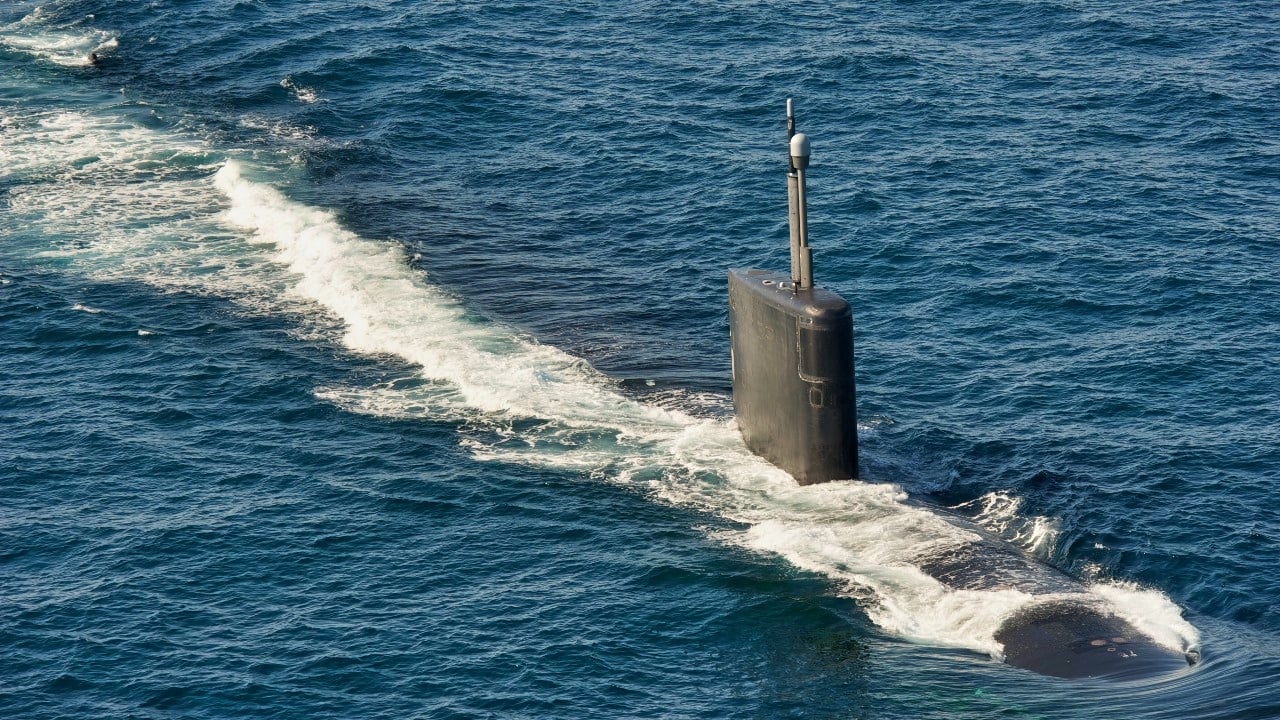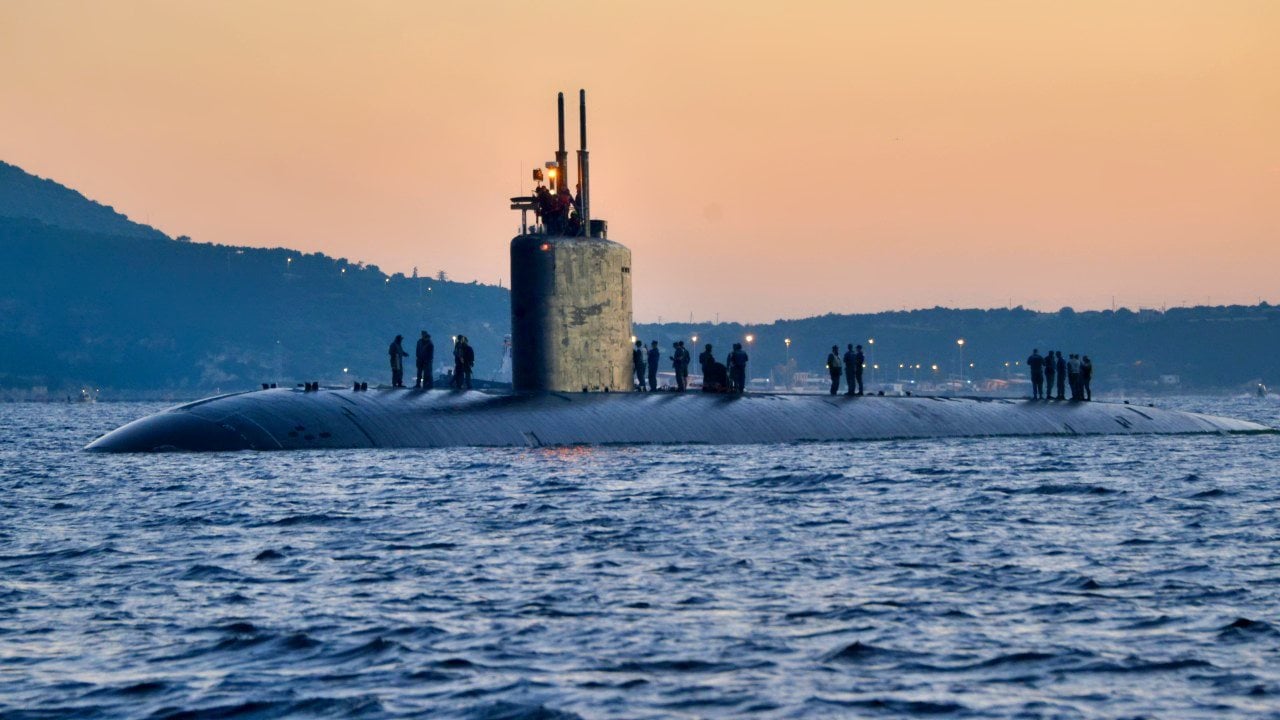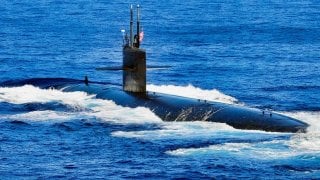What You Never Want to Hear: A U.S. Navy Nuclear Submarine 'Ran Aground'
In October 2003, the USS Hartford, a Los Angeles-class nuclear-powered submarine, ran aground off the coast of Sardinia during a training mission. The Navy initially attempted to keep the incident quiet, but crew members leaked details to the press.
What You Need to Know: In October 2003, the USS Hartford, a Los Angeles-class nuclear-powered submarine, ran aground off the coast of Sardinia during a training mission. The Navy initially attempted to keep the incident quiet, but crew members leaked details to the press.

-The grounding severely damaged the submarine’s rudders, sonar, and electronics, leading to the dismissal of its captain and six crew members.
-Despite immediate repairs in La Maddalena, Hartford required further overhaul back in the U.S. Twelve years later, it collided with the USS New Orleans near Iran, causing a significant fuel spill.
How the USS Hartford Ran Aground in Sardinia: A Navy Cover-Up Unveiled
“Sir, We’ve Struck Sardinia,” How the U.S. Navy Attack Submarine USS Hartford Ran Aground in 2003
America’s Los Angeles-class nuclear-powered attack submarines are some of the most powerful, advanced submarines in the world. In fact, the Navy is having great difficulty replacing these legendary boats that are now decades old.
Despite their legendary status, like anything that is manmade, Los Angeles-class submarines are fallible. What’s more, they can be damaged by human error (which is why Navy crews go through such rigorous training).
The case of the USS Hartford in October 2003 is one of those times when even the mighty Los Angeles-class submarine was laid low.
At that time, the Hartford was conducting a training mission off the northern coast of Sardinia in the Mediterranean Sea. It ran aground shortly after it had departed from its base at La Maddalena, around the midnight hour.
Seeing as the disposition of America’s submarines are among some of the country’s closest guarded secrets, the Pentagon did its best to cover the matter up.
Remember, in 2016 there was great controversy surrounding the plight of a young sailor who shared an image with his girlfriend that was taken on his phone that showed him standing in a foreign port on the submarine. He was prosecuted for having violated secrecy laws, since the submarine’s location was to be kept secret.
So, America takes the secrecy of its submarine force seriously.
What Happened?
In terms of the Hartford incident, this occurred before the age of high-resolution cell phone cameras and mass social media (MySpace, the world’s first real social media platform was only created in August of that year and the popular blogging site known as LiveJournal was the primary form of popular communication among young people online).
Thus, the Navy could assume with a degree of reliability that the Hartford incident could have been covered up.
But that did not stop a number of crewmembers from sharing the plight of their boat with concerned family members. Some of these family members, in turn, leaked the events to the press. Anyway, once enterprising reporters looked into the matter and saw that the ship’s sailors were being returned home from a six-month deployment a mere month into that deployment, they figured out that something had occurred.

As a nuclear-powered submarine, experiencing blunt force impacts of the kind that the Hartford sustained upon its grounding could have been a truly embarrassing disaster for the Navy. The boat could have leaked nuclear fuel into the bucolic waters of the Mediterranean, disrupting the entire local ecosystem. It certainly would have become fodder for the propaganda of enemy states.
The Hartford did not float away with no damage, however. In fact, the boat was severely damaged. Notably, the submarine’s rudders, sonar, and expensive electronic equipment were all damaged in the incident.
The ship’s captain and six other crewmembers were subsequently dismissed due to the Navy having “lost confidence” in their leadership (a common move whenever an expensive weapons platform receives damage of the kind that the Hartford did due to obvious human error).
After the event, the Hartford was secreted over to its base at La Maddalena for immediate repairs. Once those immediate repairs were made, the Hartford was then moved back Stateside for an overhaul.
Not the Last Time Hartford Crashed…
Interestingly, 12 years after this harrowing event for the Hartford it had another collision in the Strait of Hormuz, near Iran’s shores.
At that time, in 2015, the Hartford crashed into the amphibious transport dock USS New Orleans. In that incident, the New Orleans fuel tank was ruptured which seeped 25,000 gallons of diesel fuel into the region’s waters.
Author Experience and Expertise: Brandon J. Weichert
Brandon J. Weichert, a National Interest national security analyst, is a former Congressional staffer and geopolitical analyst who is a contributor at The Washington Times, the Asia Times, and The-Pipeline. He is the author of Winning Space: How America Remains a Superpower, Biohacked: China’s Race to Control Life, and The Shadow War: Iran’s Quest for Supremacy. His next book, A Disaster of Our Own Making: How the West Lost Ukraine, is due October 22 from Encounter Books. Weichert can be followed via Twitter @WeTheBrandon.
All images are Creative Commons or Shutterstock.
From the Vault


